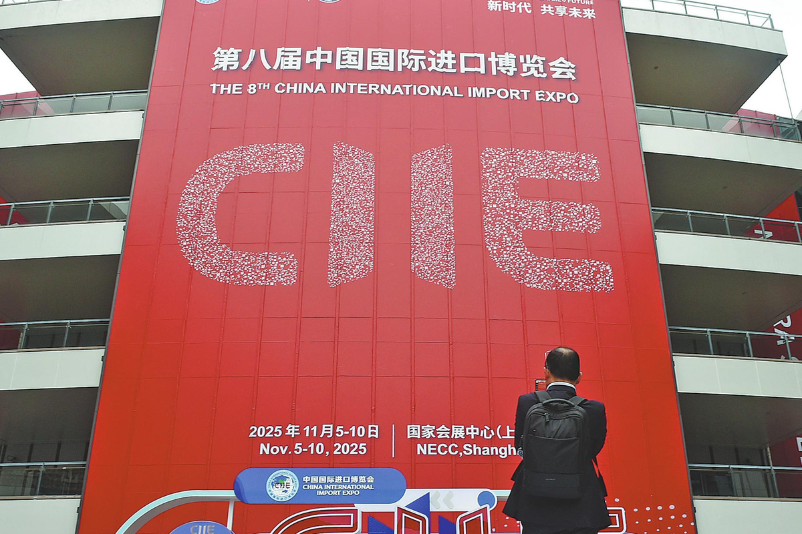Rich Pickings

|
|
Still, Chinese mainland billionaires have some way to go before catching up with the world's richest. Mexican tycoon Carlos Slim topped Forbes' global list with his $74 billion (53 billion euros) fortune centered on the telecom sector. Christy Walton and family, the people behind US-based retail giant Walmart, stood at 10th position globally by being worth $26.5 billion (19 billion euros). In Forbes' 2011 list, the BRIC countries of Brazil, Russia, India and China contributed 108 of the 214 new billionaires. These countries are home to one in four of those listed, up from one in five a decade ago.
Six billionaires in Forbes' top 10 Chinese mainland list this year were also included in the top 10 of last year's Hurun rich list, a widely anticipated annual ranking of China's wealthiest people. Last year's Hurun rich list included 189 US dollar billionaires in China. This year's Hurun list will be published in October.
Rupert Hoogewerf, the founder and compiler of the Hurun Report, which also includes philanthropy and art rankings, says the actual number of billionaires in China is more than double the number it had listed.
But in a report on China's wealth market last year, The Boston Consulting Group (BCG) said that while the country is the largest wealth market in the Asia-Pacific excluding Japan, it is by other measures not a rich country yet. China accounts for only 5 percent of global wealth, compared to 31.5 percent for the US and 13.4 percent for Japan.
BCG puts the number of Chinese mainland millionaire households (in terms of US dollars) at 670,000 households for 2009, compared with 4.715 million households for the US and 1.23 million households for Japan. The number of Chinese millionaires already rose by 31 percent in 2009 and China ranks third in their number, behind the US and Japan, but its penetration rate - the number of millionaires in the total population - remained very low compared to the other two countries.
Still, BCG reported that the Chinese market has substantial room to grow with the sheer volume of wealth presenting attractive opportunities.
Frankie Leung, partner and managing director of BCG who is also one of the authors of the report, says more billionaires will be coming from a wide range of industries.
"In addition to the traditional sectors, new energy, high-tech, pharmaceuticals and consumer products will create a new group of wealthy entrepreneurs," Leung says.
"Given the fast-growing middle class and many Chinese households actively trading up their purchase, we see that a number of brands targeting mid- to high-end segments can become very successful, and their owners will likelymake it to the rich list."
Hurun's Hoogewerf also says a major trend seen in China's growing wealth is the increasing importance of its domestic market.
"The perception of many Europeans is that the wealth in China is created by the international market," Hoogewerf says.
"But as we have seen from the Hurun rich list, much of that wealth has been created by the domestic market."
Luo similarly points to the potential of China's small- and medium-sized enterprises (SMEs) and domestic demand for future wealth.
"More than 30 percent of the 54 people from the mainland who made it to the list for the first time in 2010 and 2011 were also mainly from the domestic small- and medium-sized enterprises market. It shows how the market will not totally favor large-scale, globalized companies, but also give SMEs their share. It is a reflection of a better environment for competition."
But Yao Zhizhong, head and senior fellow of the department of international investment at the institute of world economics and politics under the Chinese Academy of Social Sciences (CASS), says there is still some way to go before China can effectively shift to its domestic market.
"Although China understands the need to shift toward domestic consumption, it is still in the process of full industrialization. Normally, we say an active service industry will lead to growing consumption. But China's service industry is still quite weak," Yao says.
"Exports might decrease but China's economy still needs a long time to move the country's economic reliance away from exports."
Today's Top News
- Dutch govt urged to mend chip dispute
- Macao's heritage sites hold special appeal for games
- China tackles N2O emissions, leading change
- AI should build a future where technology serves people
- Japan bears blame for worsening China ties
- People-centered outlook applauded































